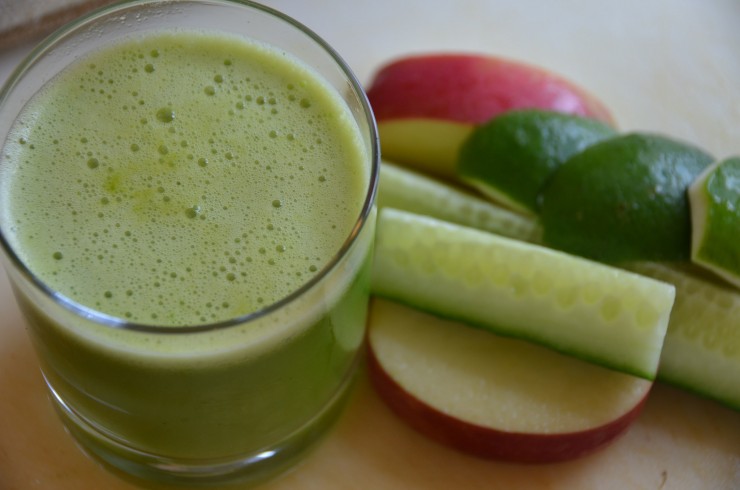Image courtesy of Flickr Creative Commons
Sasha Campbell
COLUMNIST
In this month of renewed hope, dreams and goal-setting, many set some type of target in health and wellness – to be more active, to get better skin or to increase energy levels.
Juicing is a glass-half-full means of approaching these goals.
Juicing is the process of extracting the liquid from plants and vegetable and separating it from the cellulose or fiber, usually by using a juicer. The extraction is an excellent source of nutrients, including minerals, vitamins, enzymes and oxygen which all play a part in nourishing and rejuvenating the body.
Best produce to juice
Choose wisely for the base of your juice. Dark leafy greens, green veggies, sprouts and grasses are all high in mineral content and low in sugar content (like beets or carrots). Wheatgrass juice, sprouts, kale, celery and cucumber are great places to start. Top it up with your favourite fruity flavours in your kitchen.
Introducing a juicer
A wave of new year’s resolutions encourage an inundation of juicers on store shelves this month. Consider a few factors before committing to those oft-pricey purchase. Things to consider are your counter space, budget, the type of juice you will be making and how much time you have to commit to juicing on any given day. If you have very limited time you may consider a juicer that allows for quick juicing and clean up. Juicing
sprouts and greens might call for an auger or press juicer.
Juicy Details
• Wash all of your vegetables thoroughly to remove any dirt.
• Consume your juice immediately to get the most benefits of the juice before it starts to oxidize. Generally speaking you should consume it right away or within 15 minutes. You can store it in the fridge but it will lose some nutrients.
• If using organic produce (recommended), you can juice the skin of your produce (think cucumber, lemon or ginger). If not using organic produce, peel off the skin to rid the product of chemicals and grime.
• Make a double batch to increase your juice consumption for the day.
• Keep a juice bin in the fridge for stems of broccoli, kale and other veggies scraps or leftovers that you don’t use when preparing your meals.
• Focus on lots of greens with a smaller proportion of sweet veggies like carrots because they are high in sugar content.
• Before you pour out all of your juice, make sure to sample it; adjust your juice accordingly.
• Wash your juicer immediately for easy cleaning.
• If you don’t have a juicer, use your blender and then strain the pulp or just keep the pulp in for a green smoothie.




Leave a Reply